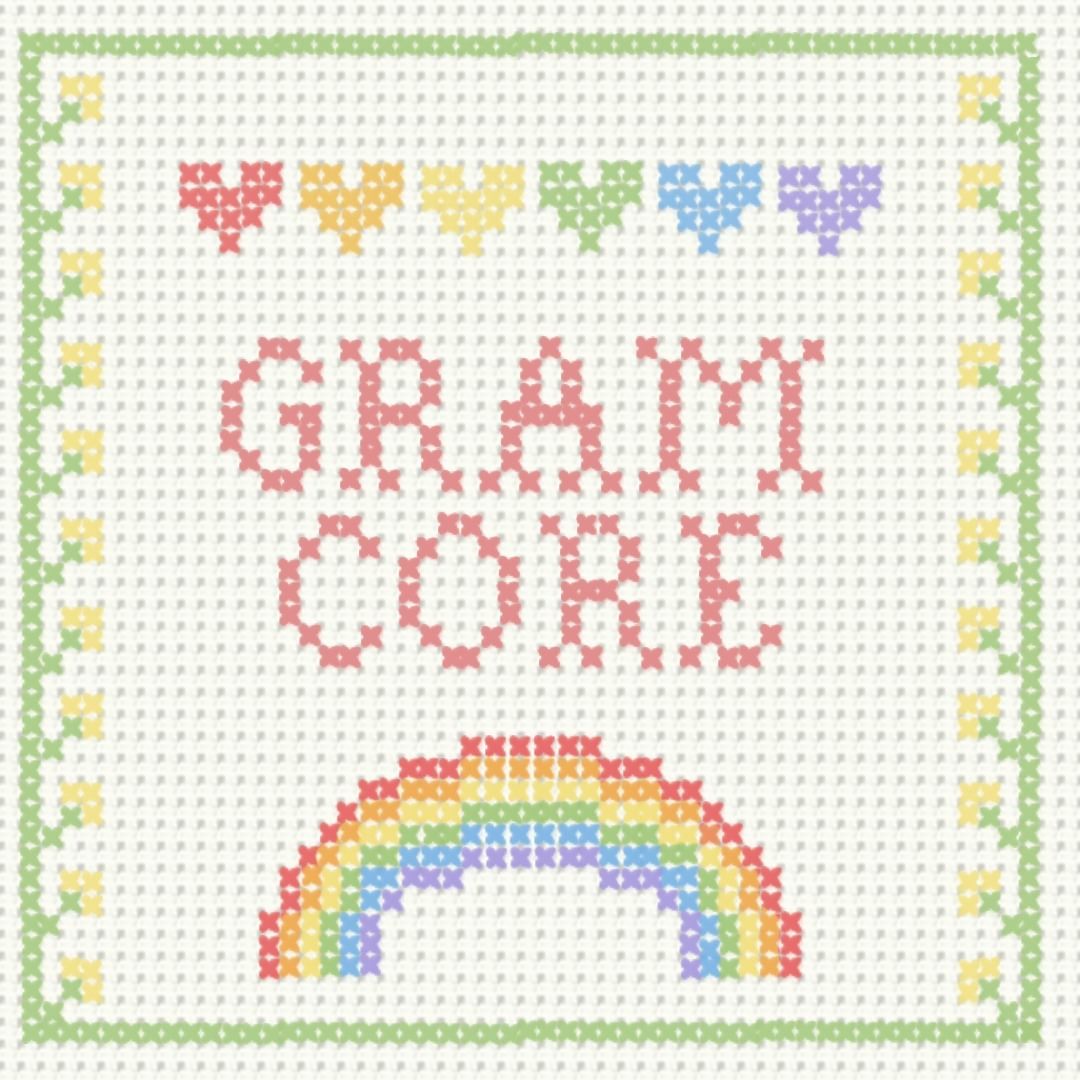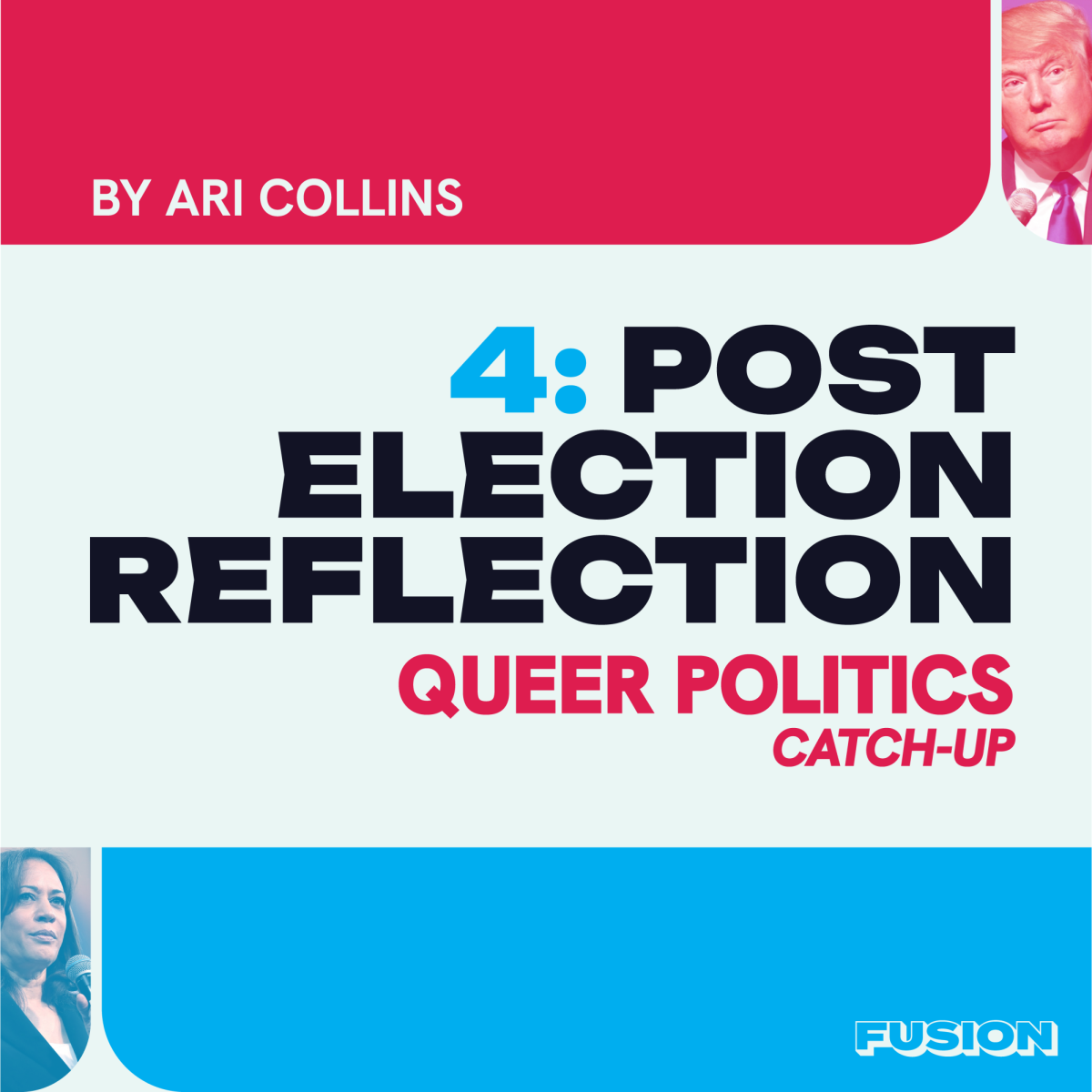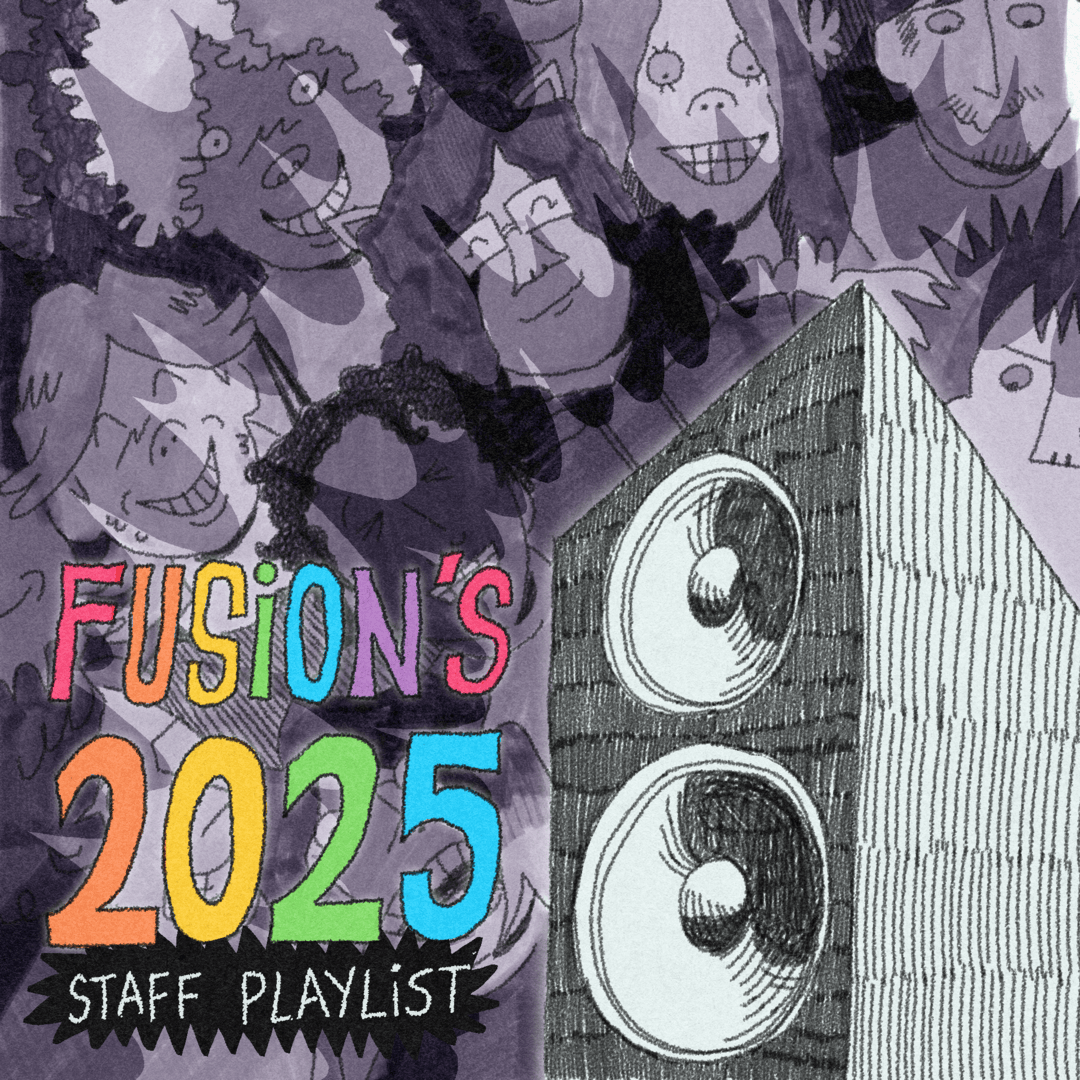When thousands took to the streets of Washington, D.C. in October, it became clear this generation isn’t going anywhere without a fight.

By Jinae West
WASHINGTON, D.C. — On a sunny morning in October, a crowd gathers in the streets of Washington, D.C. It’s difficult to tell how many. The number keeps growing, and with it, the murmur of excitement. It’s a sea of faces and banners and homemade signs that say things such as, “Repeal DOMA,” “Separate is Not Equal” and “Hi Mom, I’m Gay.”
The march hasn’t started yet. As two double-decker tour buses drive past, the crowd lets out a low, rumbling cheer. The tourists on the top deck snap pictures and wave, perhaps unaware the weekend they chose to vacation in the district coincides with one of the largest demonstrations for gay rights in nearly a decade. A few jump from their seats, flailing their arms in support, which only pleases the crowd. They cheer louder.
The mood is anticipatory, the feeling of unity palpable. But beneath the smiles and friendly banter, there’s anger. A man holds a sign that invokes the words of Martin Luther King Jr.: “A right delayed is a right denied.” Another reads: “Injustice anywhere is a threat to justice everywhere.” The taste is bittersweet.
From across the country, they’ve come in the thousands for the National Equality March to demand equal protection under law for all LGBT people. It’s the first mass protest for gay rights in the capital since the Millennium March in April 2000. They want their voices and stories to be heard, for even those who are treated as second-class citizens are not silent and still make a sound.
The day before the national march, a flash mob is held in the main hall at Union Station around 1:15 p.m., similar to the popular “Frozen Grand Central” video on YouTube. About
a hundred people freeze simultaneously for two minutes. Some hold hands or hug. Others are pretending to take photos with their digital cameras. One young woman salutes. At the end of the freeze, they erupt into applause and begin to file outside. The plan is to march to the Capitol Building from the station. They chant, “What do we want? Equality! When do we want it? Now!” And then: “Out of the closets! Into the streets! Out of the closets! Into the streets!” And thus they go.
It’s a sort of precursor to the next day’s march, aimed toward a younger generation. Most look between 18 and 25. They carry rainbow flags and umbrellas and pump their fists in the air to the beat of the chants. They’re young and galvanized and only briefly lose momentum when they stride up a flight of steps, out of breath, to which one marcher dryly remarks that they’re all out of shape. On the lawn of the Capitol, they say their piece, repeat their chants and quickly disperse.
Denny Krantz, 29, of Seattle, is among the marchers at the Capitol. He came to D.C. with his partner, Andrew Thayer, 39, to share the experience and, in part, to renew his youthful idealism. In college, Krantz majored in political science and was head of an LGBT organization on campus, but sometime after graduating, he lost that sense of positivism.
“One of the things I really liked about the march was that it was a youth-led event,” he says. “I think that it’s really great when you see the youth getting involved because, really, that is the future, as cliché as that sounds.”
Growing up in a small, mostly conservative town, Krantz says he “was one of those people who everyone else knew was gay” before he did and often felt like an outcast.
“That’s something that has led me here and actually are some issues I still deal with — the idea of just accepting who I am and being comfortable with it and not having the internalized homophobia that’s kind of been put upon me,” Krantz says. It took time to overcome those issues, and, in doing so, he feels it’s his turn to attend events such as the National Equality March to help others deal with similar problems. “Once you can look in the mirror and be proud of who you are, your life is way better,” he says.
Later in the evening, there’s a rally and vigil near the White House marking the fight to end HIV/AIDS. It features a handful of speakers, and someone sings a slow Broadway ballad. After a cold, rainy day, the sky begins to clear as it darkens, turning a bright, fiery red. Red sky at night, sailor’s delight. The Washington Monument looms over the stage.
Krista Pritchard, 27, and her friend Noelle Baus, 28, drove from Dayton and are at the vigil that night. Baus says it was a last-minute decision. Pritchard clarifies it had been in the works for a while, as she was recently laid off, and the trip was put on hiatus. “I came to the capital because I want my voice to be heard,” Pritchard says. “I know there are marches all over the country, but I just feel like it’s something really special when we gather here in our nation’s capital to fight for our rights because we should be citizens like everybody else, not second-class.
“And especially in the Midwest, I feel like a second-class citizen.”
But there was another reason Pritchard decided to make the drive to D.C.: “I came here because my mom said I should,” she says. Pritchard grew up in a very Catholic family and came out in her early 20s, describing the moment as “huge” when she told her mom, who cried. But in the months after, her mom became an activist and a member of the Human Rights Campaign. Since then, they have marched together. And although her mom wasn’t able to come to D.C., she told Krista to get out there and speak for everybody. “At first, it was really traumatic for my mom, but now she’s right there with me, right next to me when I’m marching,” Pritchard says.
The next day at the march, Ken Stone and Tom Slaman, both 65, come with a sign that says they’ve been together for 37 years. “Thirty-seven years, right?” Stone asks. “For 33 of those years, I hid him from my community. My significant other. And then I said, ‘You know, that is so wrong.’” The two ended up getting married in Massachusetts. Slaman says it was a “fabulous” wedding.
“And it was so right,” Stone continues. “And it was so wrong to have hid him as a person, and I’m making up for it now.”
Standing nearby, Billie Tadros, 21, and Katie Falvo, 20, of Pennsylvania are holding hands, dressed in wedding veils and brightly colored tie-dye T-shirts. The two met in a coffee shop and have been dating for the past six months. It’s their first protest in D.C. They came to march for justice and equal rights and love — love for a week, love for six months, love for 37 years.
“It is what it is. Love is love. It comes up everywhere,” Falvo says matter-of-factly. “It comes over coffee. It comes in a parade. It just is what it is.”
As the march begins, the crowd moves like a car inching its way through a traffic jam. People shuffle their feet, eagerly making their way to the Capitol. There are people from all 50 states. “Oh, Texas,” a woman says as a group in cowboy hats makes its way through the crowd. Another man holds a banner admitting he’s a gay Mormon from Utah. “We love you, Mormons!” someone shouts behind him. The man turns around and smiles.
Up ahead, a white-haired man, who looks to be in his 70s or 80s, speaks into a megaphone as the marchers walk by. “God wants to heal you,” he says. Most of the crowd ignores him, acknowledging him only with amused side glances and scoffs. But a few put their arms around him, mockingly, and take photos. “God wants to heal you,” the man repeats. “I’m a nurse,” one person says. “I can heal myself, thank you.” A man in a red, white and blue dress and heels struts past exclaiming, “Jesus hates me? But I’m born again!” Eventually, the crowd’s chanting of “Hey, hey! Ho, ho! Homophobia’s got to go!” gets so loud that the man’s voice can no longer be heard.
The march stretches down the streets and to the Capitol where a rally is already underway. A men’s chorus sings “Somewhere Over the Rainbow.” Streaming in by the hundreds, people sit wherever they can — on patches of grass and concrete ledges. Cleve Jones speaks at the rally. So do Lady GaGa and Cynthia Nixon and a host of other activists and politicians. But the march isn’t so much about the well-known faces or even how many people show up. It isn’t about the signs or catchy chants. And it isn’t about sticking it to those who are unable to understand why the march happened in the first place, such as the man with the megaphone. It’s about coming together to fight for something they all believe in and knowing they aren’t alone. It was for people such as Denny and Krista and Ken and Tom. \
The chorus begins to sing the national anthem. The crowd quiets down. Some stand and hold their hands over their hearts. A man wearing a T-shirt that says, “You gotta give them hope,” leans against his friend. And it’s possible that this time, the song means more to the people than it did before.
About a block away from the Capitol, near Union Station, a couple poses for their wedding photos. The woman wears a long, flowing white dress, and the man in a black tuxedo and tie holds her close. A group from the march stops briefly to watch. A man carrying a rainbow flag approaches the bride, and the two exchange words, both smiling, before parting ways. And in the distance, the rally continues — the echoes of an angry speaker spilling out into the streets of the city and, perhaps, farther still.
Jinae West is a senior magazine journalism major.
(This article originally appeared in the Winter 2009-10 print edition.)

































